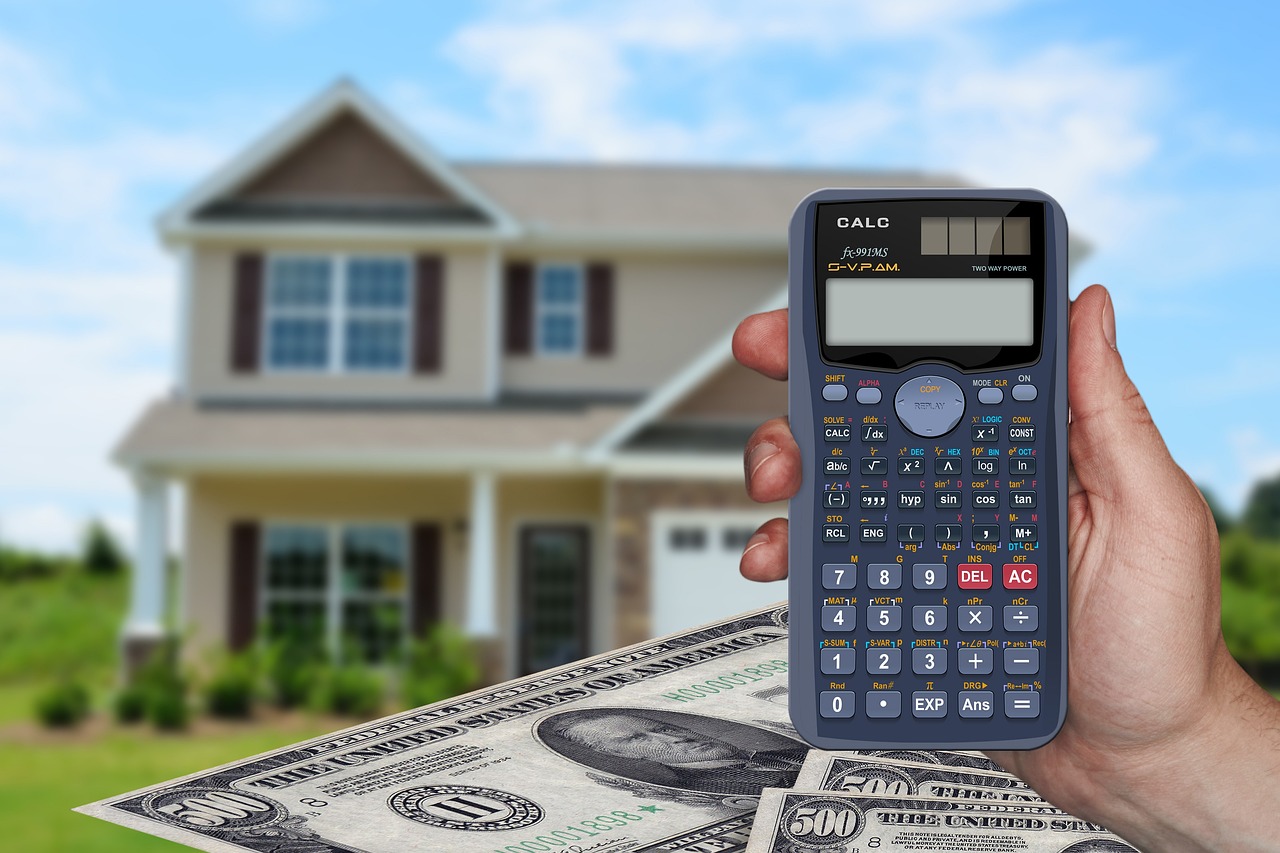Explore Rent-to-Own Homes: Steps to Making Homeownership Possible
For many aspiring homeowners, the traditional path to purchasing a house can seem daunting or out of reach. However, rent-to-own homes offer an alternative route that can make the dream of homeownership more accessible. This article delves into the concept of rent-to-own homes, exploring how they work, their benefits, financial considerations, and important factors to keep in mind when pursuing this option.

What Is Rent-to-Own and How Does It Work?
Rent-to-own, also known as lease-to-own or lease-option, is a unique arrangement that combines renting with the option to purchase a home. In this agreement, a tenant rents a property for a specified period, usually 1-3 years, with the option to buy the home at the end of the lease term. During the rental period, a portion of the monthly rent typically goes towards the future down payment or purchase price of the home.
The process generally involves two key components:
-
Lease Agreement: This outlines the terms of renting the property, including monthly payments and lease duration.
-
Option to Purchase: This gives the tenant the exclusive right to buy the home at a predetermined price within a specific timeframe.
Benefits of Rent-to-Own Homes
Rent-to-own arrangements offer several advantages for both buyers and sellers:
-
Easier Path to Homeownership: It allows those with less-than-perfect credit or limited savings to work towards owning a home while renting.
-
Lock-in Purchase Price: The future purchase price is often set at the beginning of the agreement, protecting against potential market increases.
-
Test Drive the Home: Tenants can live in the house before committing to purchase, ensuring it meets their long-term needs.
-
Build Equity: A portion of monthly payments may go towards the home’s purchase, helping tenants build equity before owning.
-
Time to Improve Credit: The lease period provides an opportunity to improve credit scores and save for a down payment.
Price Expectations and Financial Considerations
Understanding the financial aspects of rent-to-own homes is crucial for making an informed decision:
-
Option Fee: An upfront, typically non-refundable fee (usually 1-5% of the purchase price) for the right to buy the home later.
-
Rent Premium: Monthly rent may be higher than market rates, with the excess often applied towards the future purchase.
-
Purchase Price: This is usually set at the beginning of the agreement, based on the current market value plus a percentage to account for appreciation.
-
Maintenance Costs: Clarify who is responsible for repairs and maintenance during the lease period.
-
Mortgage Qualification: Even with a rent-to-own agreement, you’ll still need to qualify for a mortgage to complete the purchase.
How to Find Rent-to-Own Homes in Your Area
Finding rent-to-own properties requires a bit more effort than traditional rentals or purchases:
-
Real Estate Agents: Some agents specialize in or have experience with rent-to-own transactions.
-
Online Platforms: Websites like HousingList, Foreclosure.com, and RealtyStore often list rent-to-own properties.
-
Local Classifieds: Check newspapers and online classifieds for potential listings.
-
Networking: Spread the word among friends, family, and colleagues about your interest in rent-to-own homes.
-
Direct Outreach: Contact homeowners of properties that have been on the market for a while to inquire about rent-to-own possibilities.
Common Pitfalls to Avoid in Rent-to-Own Deals
While rent-to-own can be a viable path to homeownership, it’s essential to be aware of potential risks:
-
Unclear Terms: Ensure all agreement terms, including purchase price, option fee, and rent credits, are clearly defined in writing.
-
Overpriced Homes: Research comparable home values to ensure the agreed-upon purchase price is fair.
-
Maintenance Issues: Clearly outline who is responsible for repairs and maintenance in the agreement.
-
Seller Financial Problems: Verify that the seller is current on mortgage payments and property taxes to avoid potential foreclosure.
-
Failure to Exercise the Option: Be aware of the deadline to exercise your option to purchase and the consequences of not doing so.
-
Legal Complexities: Consider having a real estate attorney review the agreement before signing.
Rent-to-own homes can provide a stepping stone to homeownership for those who might otherwise struggle to purchase a home through traditional means. By understanding the process, benefits, and potential pitfalls, aspiring homeowners can make informed decisions about whether a rent-to-own arrangement is right for them. As with any significant financial decision, it’s crucial to thoroughly research, seek professional advice when needed, and carefully review all terms before committing to a rent-to-own agreement.




